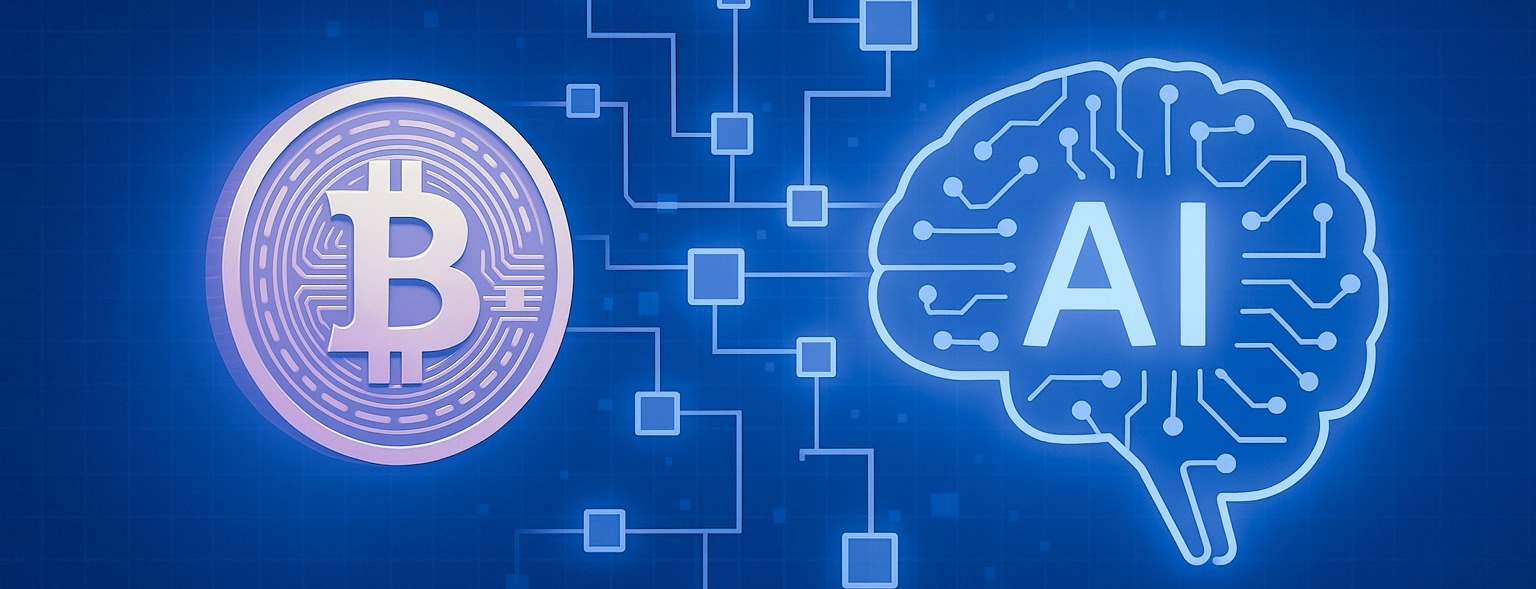
Cryptocurrency forks are updates of cryptocurrency program codes. Forks make it possible to change features of cryptocurrencies, fix bugs, or even create entirely new cryptocurrencies. Cryptocurrency forks do not require any action from regular cryptocurrency investors. Firstly, this article will provide basic information about both cryptocurrencies and blockchain technology. After that, we will talk about a hard fork and soft fork, and finally introduce the most famous forks.
What are cryptocurrencies?
Cryptocurrencies are fully digital currencies that don't have any physical form. In recent years, a whole ecosystem has developed around cryptocurrencies. Cryptocurrencies are based on blockchain technology. Blockchain technology enables cryptocurrencies several different benefits such as reliability, security, and fast money transfers.
Many people heard about cryptocurrencies for the first time at the end of 2017, when the value of several cryptocurrencies rose sharply. In 2017 cryptocurrencies started to gain more and more column space in the traditional media. Many people noticed that cryptocurrencies and blockchain technology behind them could provide a solution to various real-world problems.
Today, there are thousands of different cryptocurrencies in the world. The most well-known cryptocurrencies are Bitcoin and Ethereum. Bitcoin is the world's oldest and largest cryptocurrency, and Ethereum is the largest cryptocurrency ecosystem. The uses of cryptocurrencies can range from the medium of exchange to running entire application platforms.
The price of cryptocurrencies is always determined by supply and demand. This means that the price of cryptocurrencies is determined in the same way as the price of shares. In practice, this means that when the demand for some cryptocurrency increases, the price increases, and when the demand falls, the price falls.
Blockchain technology
Cryptocurrencies are based on blockchain technology. Blockchain technology allows different parties in a blockchain to create and maintain various distributed and shared databases. Blockchain consists of interconnected discrete blocks. The blocks can contain data on any subject that requires storing. So blockchain is just data in the chain. Blockchain is a decentralized and distributed digital ledger. The most significant benefits that blockchain offers are safety and reliability.
The security of the blockchain is guaranteed by decentralization. In a blockchain, decentralization occurs by distributing the information stored in the blockchain to the servers maintaining the blockchain, i.e., the nodes. For example, the Bitcoin blockchain is maintained by tens of thousands of nodes. Even if one node is turned off, the remaining nodes will continue to maintain the blockchain and process the data.
The world's oldest cryptocurrency, Bitcoin, was the first application to use blockchain technology. Blockchain technology enables Bitcoin's reliability and security. Thanks to the blockchain technology, Bitcoin is entirely immune to traditional threats such as server hacking and trust issues. Bitcoin's blockchain is an open blockchain. An open blockchain means that anyone can set up their node and act as an administrator of the Bitcoin blockchain.
Cryptocurrency forks
There are two ways to update the program code of cryptocurrencies. These are a hard fork and a soft fork.
Cryptocurrency hard fork means a software update. In this update, blockchain is divided into two different branches. After the update, the blockchain's new branch will no longer accept the node servers running the blockchain's old branch. If there are not enough node servers that don't support that hard fork, then the cryptocurrency may split into two different cryptocurrencies. An excellent example of a situation like this is Bitcoin Cash, which has split out from the Bitcoin blockchain.
However, most hard forks are executed in good consensus, and not every hard fork creates new cryptocurrencies. As a result of the hard fork carried out by consensus, the miners move to mine the blockchain's new branch. Because of that, the old branch of the blockchain is no longer used.
A soft fork is, as the name implies, a smoother way to do a software update. In a soft fork, a software update is optional for nodes. In a hard fork, nodes are forced to decide which branch of the blockchain they will support. In a soft fork, the blockchain doesn't branch, and nodes can also perform the update afterward.
The most famous forks
There have been several famous forks in the cryptocurrency world over the years. One of the most famous hard forks is Bitcoin's 2017 hard fork, which resulted in a cryptocurrency called Bitcoin Cash. The birth of Bitcoin Cash was the result of a long-term debate on the bitcoin scalability problem. The bitcoin scalability problem is the limited rate at which the bitcoin network can process transactions. The group that split from Bitcoin wanted to increase Bitcoin's scalability by increasing the blocks' size in the Bitcoin blockchain. At the same time, another group wanted to improve the scalability of Bitcoin differently. Eventually, the controversy over Bitcoin's scalability intensified to the point that a group demanding larger block sizes left Bitcoin by making a hard fork.
Another famous hard fork is Ethereum's hard fork from 2016. Hard forks are ideal for use in situations where the blockchain has been successfully hacked. A vulnerability was discovered in the blockchain of Ethereum in 2016. This was the reason why Ethereum's developers decided to perform a hard fork to correct the situation. However, part of the Ethereum community did not accept this hard fork and continued maintaining Ethereum's original blockchain. Ethereum's original blockchain is known today as Ethereum Classic. Ethereum, the second-largest cryptocurrency in the world, is just a fork created in Ethereum's original blockchain's hard fork.
The most famous soft fork is the SegWit update that has improved bitcoin's scalability. The SegWit update was activated in 2017, and it improved Bitcoin's network capacity by changing the way bitcoin transactions are verified.
Mikko Soon
Cryptocurrency specialist
Last updated: 11.03.2022 13:17





